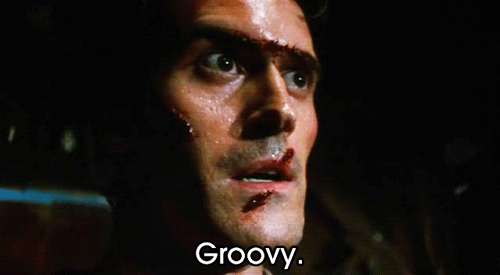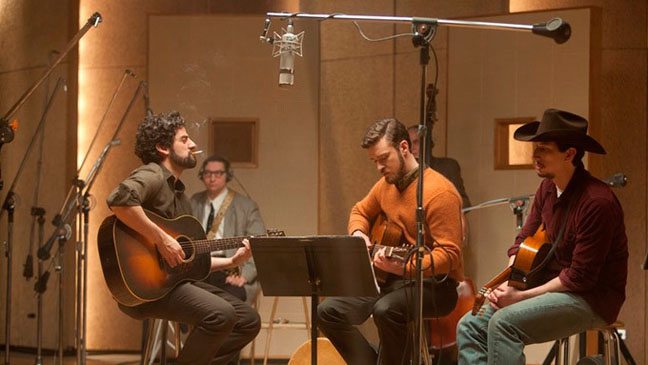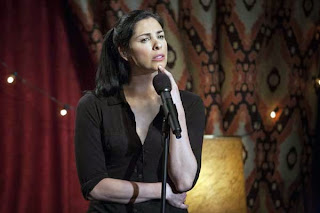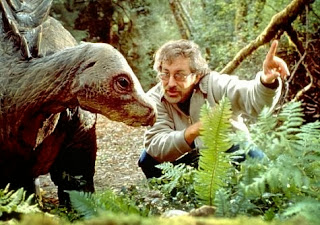 |
| “You see Mr. Powers…I love gooold!” Image via WhatCulture |
If insanity is repeating the same thing over and over again expecting different results, then it is the perfect word to describe my viewing of the “Hobbit” series.
“The Desolation of Smaug” is at least a little better than its predecessor “An Unexpected Journey.” However, it still feels like a lot of filler space for a trilogy that did not need to be a trilogy.
“Smaug” begins with a prequel-to-a-prequel introduction where Gandalf (Ian McKellen) meets Thorin (Richard Armitage) at the Prancing Pony (a fun callback to “The Fellowship of the Ring”), and the two of them set the entire “Hobbit” adventure in motion. This little scene is there simply to declare that Thorin, and not Bilbo (Martin Freeman), is the main character of “Smaug.”
That may be where the biggest problem in “The Hobbit” movies lies: backstory and character development are constantly at odds. “Smaug” has some solid world-building, as the tension between all of the different races on Middle Earth is more in depth than ever. This is all entertaining to see, and it makes Middle Earth even more alive. Yet, the more “Smaug” adds on to itself, the less it focuses on its central characters. While the main goal of “Smaug” is to help the Dwarves win back Lonely Mountain, throwing Bilbo off to the side seems unfair. The Dwarves are constantly praising Bilbo for his newfound sense of bravery. Bilbo has been reduced to somebody who can get other characters out of central situations. His own safety and well-being seems irrelevant in “Smaug.”
It really is too bad that “Smaug” didn’t utilize Bilbo more, because he is one of the best characters J.R.R. Tolkien ever created. Bilbo utilizes his short stature, as if he likes to be underestimated. What he lacks in height he makes up for in courage and cunning. Watching Bilbo work his way out of a giant spider’s nest is the highlight of the film. It’s an exciting sequence that makes Frodo and Sam seem like wimps when they battled Shelob in “Return of the King.” It stands in deep contrast to the rest of the film’s action set pieces, which often come off as cheesy.
Unfortunately, the biggest battle in the film, and the promise of the title, is something of a letdown. Smaug himself is a CGI marvel, even if he does look a little too much like the dragon from “Shrek.” et, it takes so long to get to him and it almost doesn’t feel like it was worth the wait. There is a rule of film that what we see is better than what we don’t see, and buildup to the unknown makes it even better once it is revealed. However, the buildup to Smaug never feels like a Jaws effect. Instead, it points to one of the film’s central problems: it just feels like its stalling.
“Smaug” runs much smoother than “An Unexpected Journey,” and there much more of a sense of connection between events. “Smaug” feels more like filler space than an actual film of its own; it is simply a bridge between the setup of the original and the final battle that will likely occur in the conclusion (so long as Peter Jackson doesn’t split it into another three parts). Despite the more concrete Middle Earth that is established, “Smaug” still ends with what feels like more loose ends than cliffhangers.
Brain Farts From The Edge (Some Minor Spoilers Ahead):
- Smaug totally got Goldfinger’d.
- Guillermo del Toro is listed as a writer. As much as I admire Peter Jackson’s work, part of me wishes that del Toro could have gotten the chance to direct.
- I really hope that Mr. Jackson takes all of the money and clout he has earned from “The Lord of the Rings” and “Hobbit” movies and uses it to make another weird sci-fi fantasy along the lines of “Heavenly Creatures.”
- Is it too late to get all of the writers from “Game of Thrones” to rewrite “There and Back Again”?
- I saw “Smaug” in 2D, and I noticed that there were many shots specifically made for 3D, which were thus ruined. For instance, the underwater shots during the barrel sequence looked like footage from a Six Flags commercial. Did anybody else have this experience?
- While I am grateful that “Smaug” didn’t contain 45 minutes of Dwarves singing, I wish it least had something half as entertaining as that to fill the dull hour or so before they all finally reach Lonely Mountain.
- After Tauriel (Evangeline Lilly) heals Killi (Aidan Turner), he confesses his love to her. This scene is marked by some soft lighting, and the only thing that could have made it cheesier is if they played “Dream Weaver” in the background. Or if Killi had just gotten up and done this.
- I am now taking bets on the likelihood that Gandalf will use his giant eagles to get himself out of this mess.














